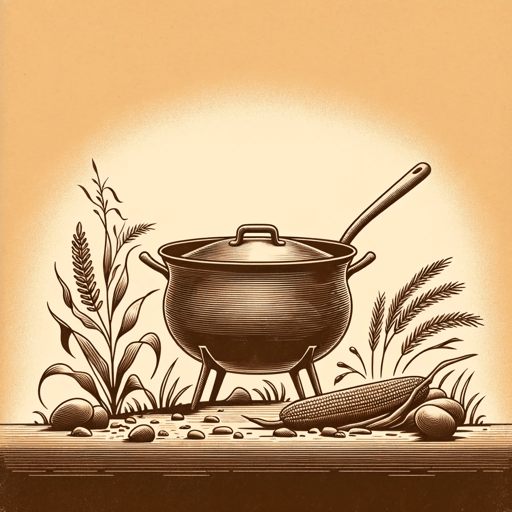42 pages • 1 hour read
Michael W. TwittyThe Cooking Gene: A Journey Through African American Culinary History in the Old South
Nonfiction | Autobiography / Memoir | Adult | Published in 2017A modern alternative to SparkNotes and CliffsNotes, SuperSummary offers high-quality Study Guides with detailed chapter summaries and analysis of major themes, characters, and more.
Background
African American Heritage Cooking
In exploring his ancestry through food, Michael Twitty is concerned with African American heritage cooking, more commonly known as “soul food.” While Southern dishes permeate cooking shows, restaurant menus, and family tables across the United States, many do not know their histories. Popular dishes such as buttermilk biscuits, cornbread, gumbo, collard greens, black-eyed peas, okra, and grits trace their origins to the African diaspora and to the hands of Black cooks trying to survive in a country that had enslaved them. While these dishes are delicious, they have always been about more than their taste. They are about survival, dignity, community, and storytelling.
In the culinary anthology Black Food (2021) edited by Bryant Terry, Erika Council includes a recipe for buttermilk biscuits that she attributes to her great-grandmother Sara. Council explains that Sara baked her biscuits over a fire in the tobacco fields of North Carolina to feed laborers. Because yeast was difficult to keep alive in the 17th and 18th centuries and baking powder had not yet been invented, enslaved Black workers had to beat the biscuit dough for an hour or more to develop gluten. Histories of enslaved peoples, like that of Henry “Box” Brown, detail what it was like for them to escape to the North via the Underground Railroad with only biscuits in their pockets.

